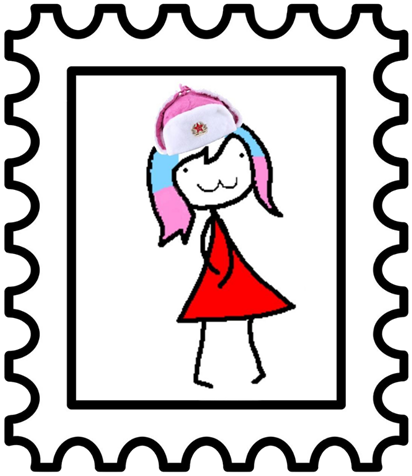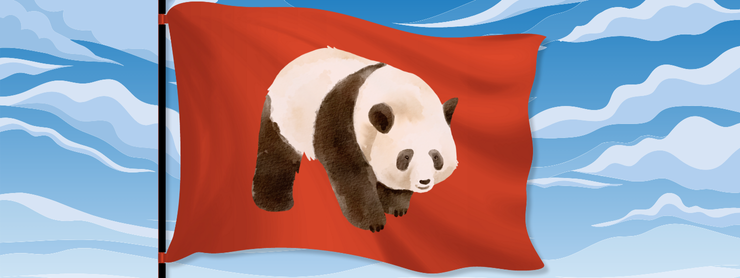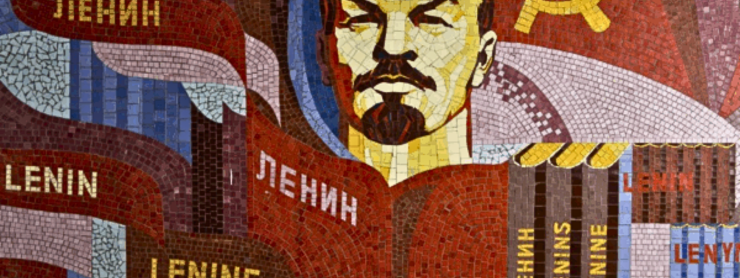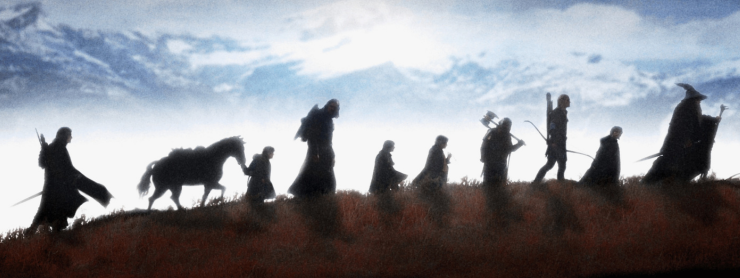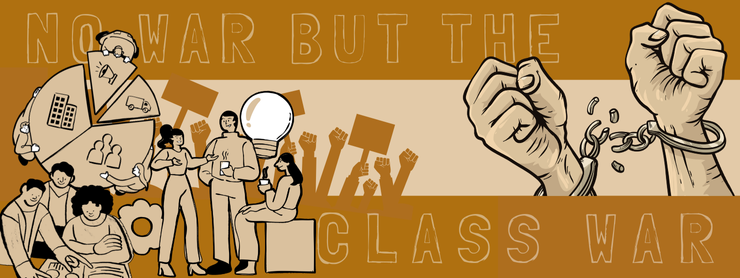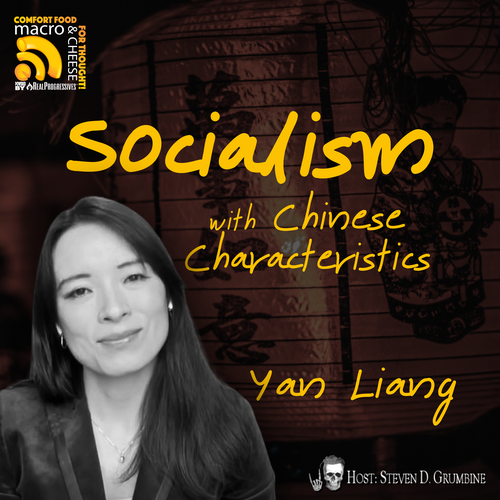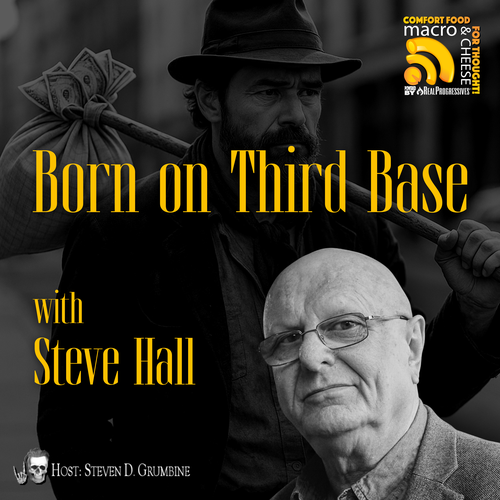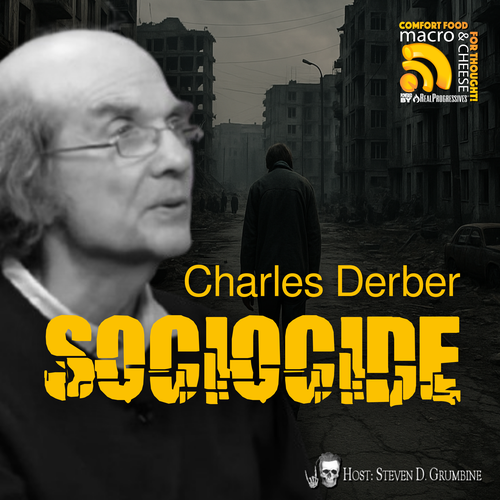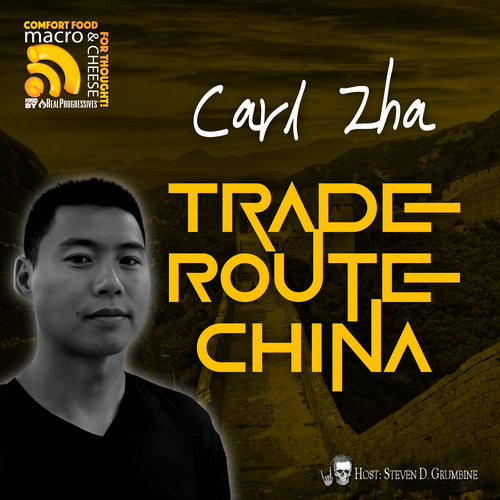Panda bears are adorable—so fluffy and carefree. They can spend their time snacking on bamboo and climbing trees because they have no natural enemies. The panda is such a distinct and lovable animal that it was chosen to represent the World Wildlife Fund, the largest and most well-known wilderness preservation organization in the world. It’s easy to see why these animals are so beloved.
Charismatic megafauna is the quality that makes pandas so distinct. Being large helps a species stand out, but even the colorblind can recognize the black and white fur of a panda. Most importantly, pandas are culturally significant because they’re indigenous; they only come from China.
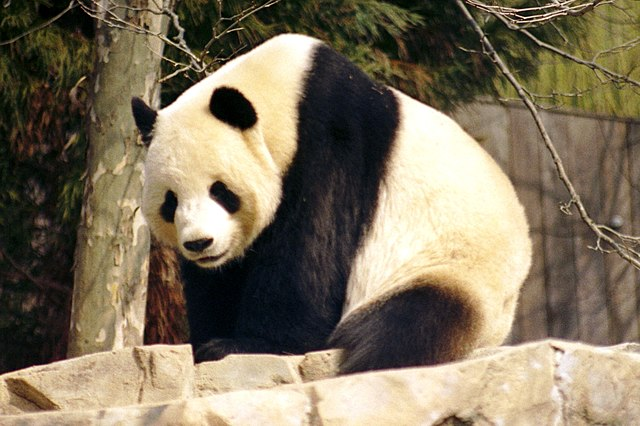
Pandas are so charismatic that the Communist Party of China uses them in political gestures called Panda Diplomacy. They lease pandas to other trusted countries as a sign of goodwill. It’s a symbolic act. The CPC is saying they don’t want to send bombs and war machines; they want open exchange. They want to share the best and most desirable parts of each other’s cultures.
Humans have a special ability to see meaning in things. That’s what makes us human. Your dog can’t read a map, and your cat can’t understand your songs, but we find meaning in giving a dog a map to its treat, knowing it will be guided by the scent. When we compose and sing 600 verses of a song to our cat, it’s not weird—it’s an expression of care and connection.
We create symbols and assign them meaning. When Lenin and the Bolsheviks were building a new nation, they knew they couldn’t keep the old Tsarist symbols of cruelty and oppression. They needed something new, something the people could rally behind. They looked to the source of their economic power. That’s where the hammer and sickle came in: the hammer to stand for industrial workers, who could manufacture goods for everyone, and the sickle to represent agricultural workers, who sustained the nation with food. The people saw themselves in that symbol. It’s what made it powerful.
The symbols of an oppressive empire need to be discarded. To many, the American flag symbolizes slavery and institutional racism. To others, the Star-Spangled Banner means land theft, invasion, and genocide. The masses can’t rally behind a banner that excludes them. The emblems of a revolution in the United States won’t be stars and bars, nor will they be hammers and sickles. Revolution in the US will have brand new trademarks.
When we create our own banner, we will choose our own symbols. In Mozambique, they overthrew colonial rule and defended their independence with AK-47 assault rifles; their flag still carries an AK-47 to this day. Samora Machel, Mozambique’s revolutionary leader, was brilliant at creating images the masses would rally around. He was also great at putting complicated strategic military maneuvers into simple terms anyone can understand. Machel didn’t try to copy the hammer and sickle; he saw the power in finding the symbol that told their own story.
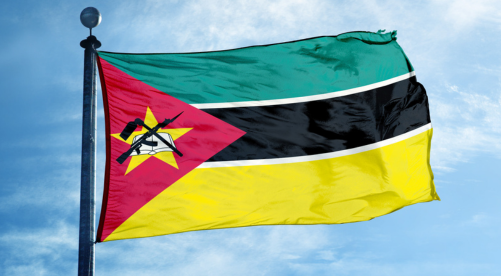
We don’t have a culturally significant animal like the panda, and we don’t have an agrarian economy with a serf class. But we don’t need those things. Revolutions aren’t built on copy-pasting someone else’s strategy—they’re built on long-term goals and dedication. Hatred and anger might get things started, but they’re not enough to sustain a movement. Che Guevara, one of the most well-renowned guerrilla fighters of all time, knew this. He said, ‘The true revolutionary is guided by a great feeling of love. It is impossible to think of a genuine revolutionary lacking this quality.’
I can’t tell you what the new flag will look like or what symbols it will carry. But I can tell you how it will feel. It will inspire hope, unity, and a sense of belonging. Small countries like Laos and Vietnam have shown us what’s possible when people unite under a shared vision; powerful opponents are brought down. When the working class defeats the capitalist class, it will be under a banner that represents us. Together, there’s nothing we can’t achieve.
